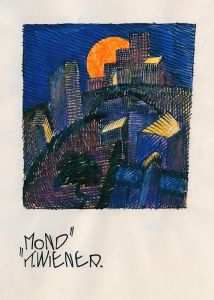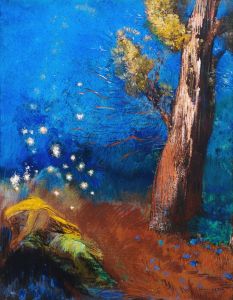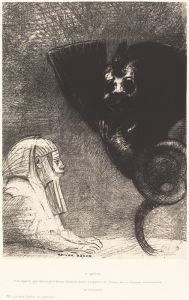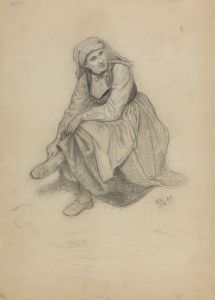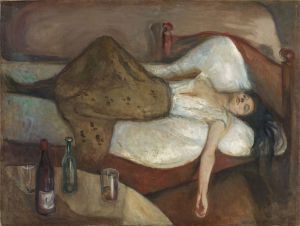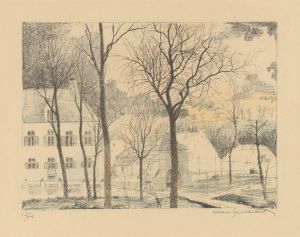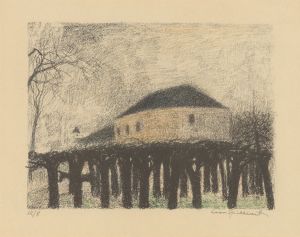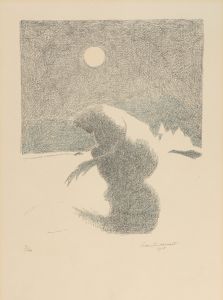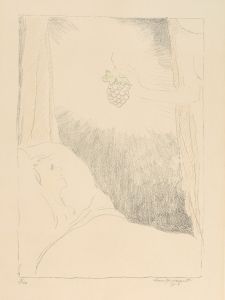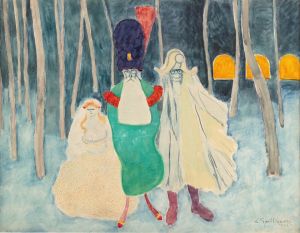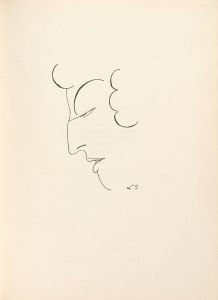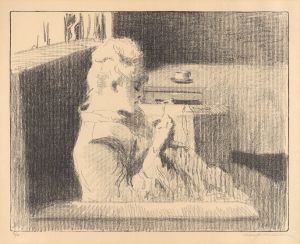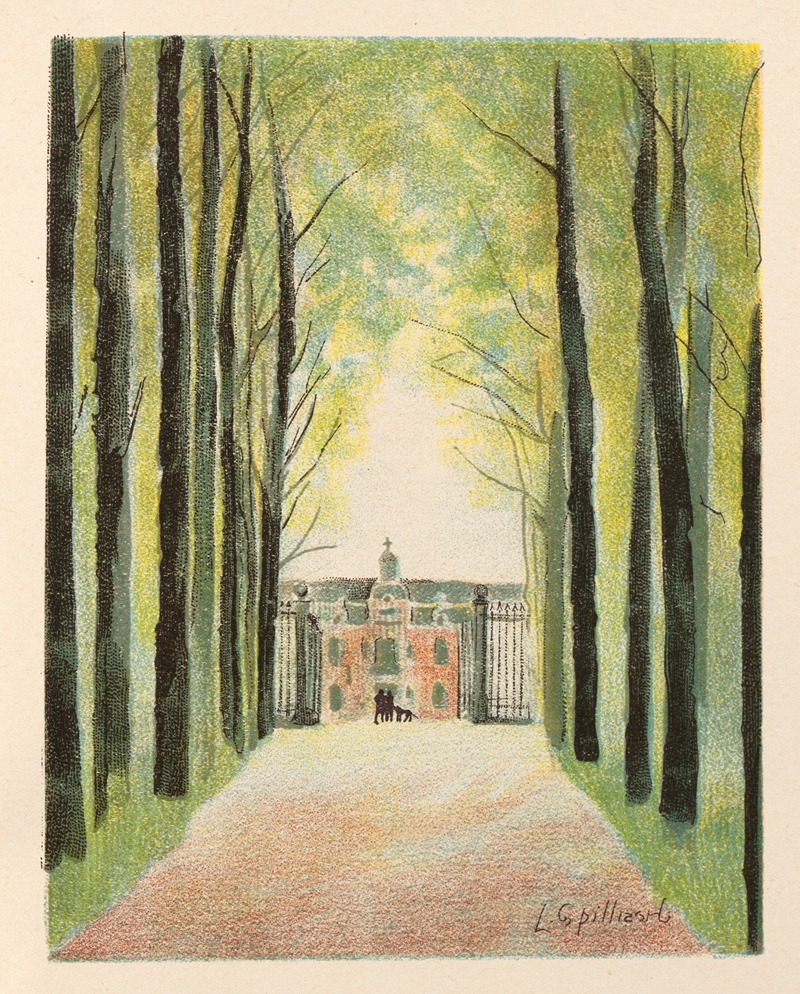
Au temps que Nanette était perdue pl. 3
A hand-painted replica of Léon Spilliaert’s masterpiece Au temps que Nanette était perdue pl. 3, meticulously crafted by professional artists to capture the true essence of the original. Each piece is created with museum-quality canvas and rare mineral pigments, carefully painted by experienced artists with delicate brushstrokes and rich, layered colors to perfectly recreate the texture of the original artwork. Unlike machine-printed reproductions, this hand-painted version brings the painting to life, infused with the artist’s emotions and skill in every stroke. Whether for personal collection or home decoration, it instantly elevates the artistic atmosphere of any space.
Léon Spilliaert's "Au temps que Nanette était perdue pl. 3" is a work by the Belgian symbolist painter and graphic artist, known for his distinctive style that often explores themes of solitude, introspection, and existential inquiry. Spilliaert, born in Ostend, Belgium, in 1881, is recognized for his unique ability to convey mood and emotion through his use of color, light, and shadow, often employing a minimalistic approach.
Spilliaert's works are often characterized by their haunting and atmospheric qualities, and "Au temps que Nanette était perdue pl. 3" is no exception. While specific details about this particular piece are limited, it is part of a series that reflects Spilliaert's interest in narrative and character exploration. The title, which translates to "In the Time When Nanette Was Lost," suggests a story or theme of loss and searching, which is a recurring motif in Spilliaert's oeuvre.
Throughout his career, Spilliaert was influenced by a variety of artistic movements and figures. He was particularly drawn to the symbolist movement, which emphasized the expression of ideas and emotions over realistic depiction. This influence is evident in his use of dreamlike imagery and his focus on the inner experiences of his subjects. Spilliaert's work often features solitary figures in contemplative poses, set against stark, sometimes surreal backgrounds that evoke a sense of mystery and introspection.
Spilliaert's artistic style is marked by his innovative use of materials and techniques. He frequently worked with ink, watercolor, and pastel, creating works that are notable for their fluidity and depth. His ability to manipulate light and shadow adds a dramatic quality to his pieces, enhancing the emotional impact of his work.
The period during which Spilliaert created "Au temps que Nanette était perdue pl. 3" was a time of significant personal and artistic development for the artist. He was known for his introspective nature and often drew inspiration from his own experiences and emotions. This personal connection to his work is evident in the intimate and evocative quality of his art.
Spilliaert's contributions to the art world have been recognized and celebrated in numerous exhibitions and collections. His work is held in high regard for its originality and emotional depth, and it continues to resonate with audiences today. Despite the limited information available about "Au temps que Nanette était perdue pl. 3" specifically, it is clear that this piece, like much of Spilliaert's work, embodies the artist's unique vision and his ability to capture the complexities of the human experience.
In summary, Léon Spilliaert's "Au temps que Nanette était perdue pl. 3" is a testament to the artist's skill in conveying mood and emotion through his distinctive style. While specific details about this piece are scarce, it remains an important part of Spilliaert's body of work, reflecting his ongoing exploration of themes of solitude, introspection, and existential inquiry.





